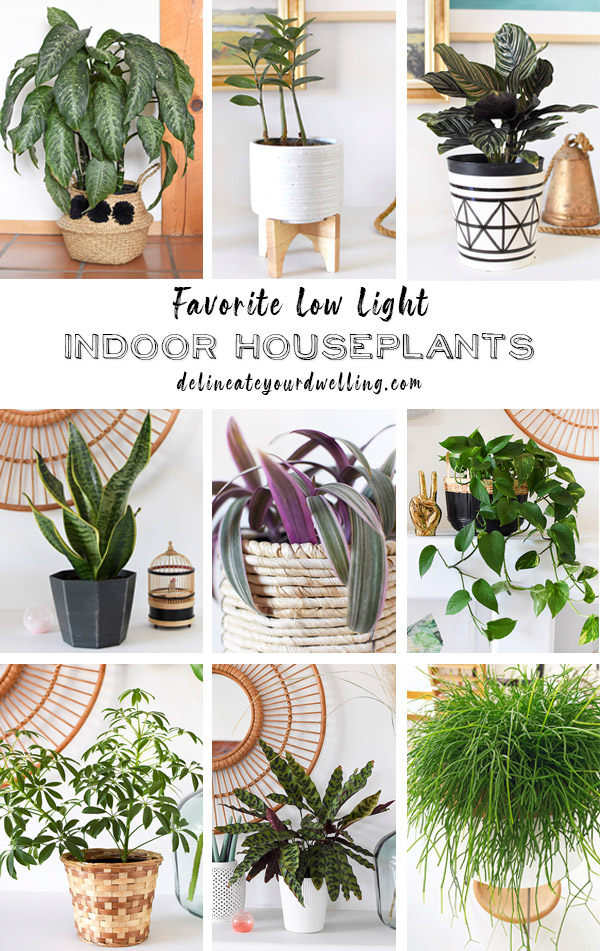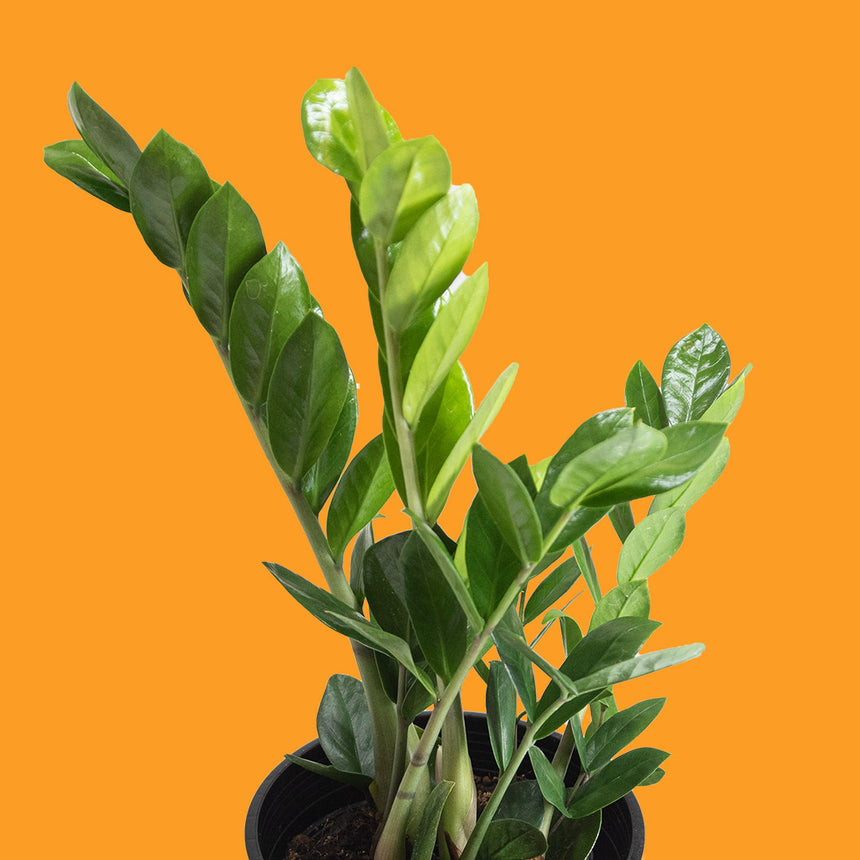The Best Low-Light Indoor Plants for Beginners and Busy Plant Owners
The Best Low-Light Indoor Plants for Beginners and Busy Plant Owners
Blog Article
Discover the Special Benefits of Low-Light Indoor Plants for Your Living Space
Integrating low-light interior plants right into your living room supplies a wide range of benefits that extend far beyond mere visual appeals. These durable plants not just thrive in environments with restricted sunlight yet additionally offer crucial features such as air filtration and moisture improvement.
Air Purification Advantages
Low-light indoor plants not just improve the aesthetic charm of living spaces but also play a substantial duty in air purification. Research study has shown that particular plant species can efficiently get rid of common indoor pollutants, including trichloroethylene, benzene, and formaldehyde. These substances often originate from home items such as furnishings, cleaning items, and building products, adding to indoor air quality concerns.
Plants such as the snake plant, pothos, and peace lily are particularly experienced at filtering damaging materials from the air while prospering in low-light conditions. The process of phytoremediation, in which plants take in and metabolize contaminants, makes it possible for these varieties to add considerably to a healthier interior atmosphere. In addition, through photosynthesis, plants launch oxygen, further improving air quality.
Integrating low-light indoor plants into office or home areas not only provides aesthetic advantages yet additionally offers as a practical technique for improving air top quality. By choosing the ideal types, people can develop an atmosphere that promotes health and minimizes exposure to hazardous toxins, making these plants a vital component in modern indoor living.

State Of Mind Enhancement Impacts
Many studies have shown that incorporating interior plants can considerably improve state of mind and total mental wellness. The visibility of plant in indoor environments has actually been connected to minimized stress degrees, raised feelings of peace, and improved psychological health and wellness. Low-light indoor plants, particularly, prosper in settings where natural light is restricted, making them excellent for numerous living areas.
Research study shows that interacting with plants can stimulate the release of serotonin, a neurotransmitter connected with sensations of joy and wellness. In addition, the act of looking after plants cultivates a feeling of responsibility and accomplishment, further contributing to positive psychological health and wellness results. Low-light plants such as snake plants, pothos, and peace lilies have been shown to enhance air high quality, which is fundamentally connected to state of mind enhancement.
Integrating these plants right into your home or office can develop a calm atmosphere, supplying a sensory and visual escape from the hustle and bustle of daily life - Best low-light indoor plants. As people spend raising amounts of time inside, the mood-enhancing impacts of low-light interior plants become much more essential, giving not just aesthetic allure however additionally a profound influence on psychological health
Reduced Maintenance Needs
For those looking for to boost their indoor areas without a substantial time commitment, low-light indoor plants are an optimal option as a result of their low maintenance demands. These resistant plants thrive in less-than-ideal lighting conditions, making them excellent for homes and workplaces where all-natural sunshine is restricted.

Pest resistance is another advantage of low-light indoor plants. Many ranges are less at risk to typical insects, lowering the need for continuous monitoring and intervention. Additionally, these plants generally grow a lot more gradually than their high-light equivalents, implying much less regular repotting and pruning are required.
Aesthetic Allure and Convenience

In addition, these plants can be arranged in myriad ways, whether in groups for a lush effect or as standalone attributes to draw the eye. The choices of planter designs-- from streamlined ceramic pots to rustic wood containers-- further improve their aesthetic worth, permitting homeowners to share their personal design.
In addition, low-light plants can be purposefully placed in areas that may otherwise really feel overlooked, such as corners or dimly lit racks, therefore maximizing their attractive possibility. Inevitably, the combination of their striking look and versatility makes low-light indoor plants an important enhancement to any home, developing an inviting atmosphere that promotes health and leisure.
Boosted Humidity Levels
Enhancing indoor moisture levels is among the significant benefits of including low-light indoor plants right into living spaces. These plants normally release dampness vapor with a procedure referred to as transpiration, which occurs when water soaked up by the origins moves via the plant and vaporizes from the fallen leaves. This process not just enhances humidity but likewise adds to a healthier interior environment.
Better humidity degrees can ease various wellness issues, such as dry skin, respiratory system troubles, and allergies. Numerous people experience pain in arid interior conditions, especially during winter season when furnace remain in usage. By tactically positioning low-light plants throughout your home, you can produce a more try this out balanced humidity degree that cultivates general wellness.
Furthermore, specific low-light indoor plants, like tranquility lilies and spider plants, are particularly efficient at boosting humidity (Best low-light indoor plants). Hence, low-light indoor plants offer both practical and visual functions, advertising a healthier environment.
Final Thought
In summary, low-light interior plants offer many benefits that contribute to a healthier and much more welcoming living space. Incorporating these resistant plants right into interior settings not only elevates the atmosphere however also advertises total wellness, developing a relaxing shelter for citizens.
Plants such as the serpent plant, pothos, and tranquility lily are specifically proficient at filtering system harmful materials from the air while growing in low-light conditions. Low-light plants such as serpent plants, pothos, and peace lilies have been revealed to boost air top quality, which is intrinsically linked to state of mind improvement.
Low-light indoor plants, such as snake plants, pothos, and ZZ plants, not just boost the aesthetic landscape of a space however likewise present Click This Link numerous textures and tones of green that can complement varied indoor designs. These plants naturally launch wetness vapor through a procedure recognized as transpiration, which occurs when water soaked up by the origins moves through the plant and evaporates from the fallen leaves.Additionally, certain low-light indoor plants, like tranquility lilies and crawler plants, are especially efficient at increasing moisture.
Report this page